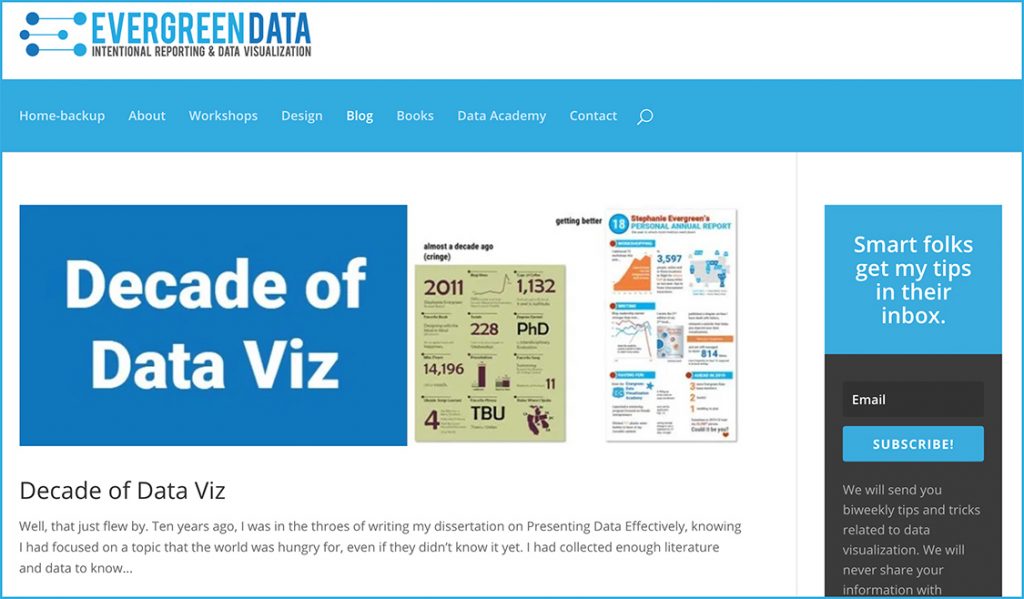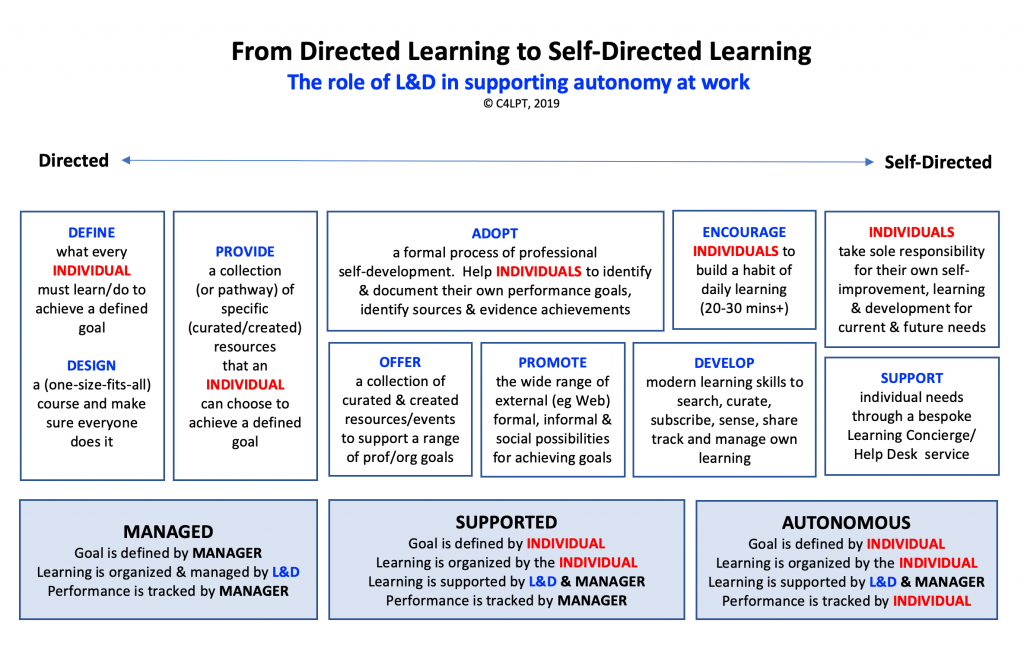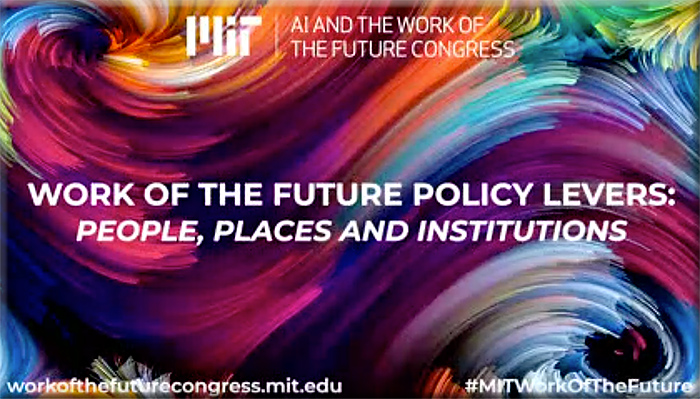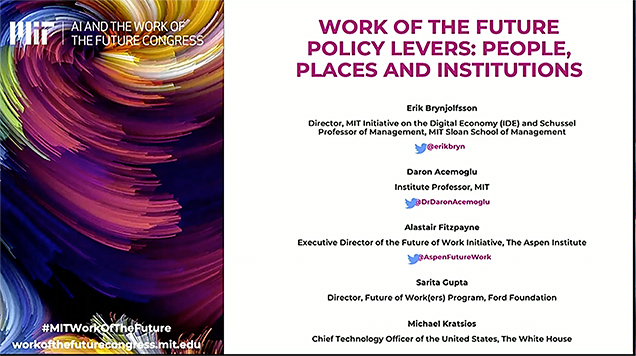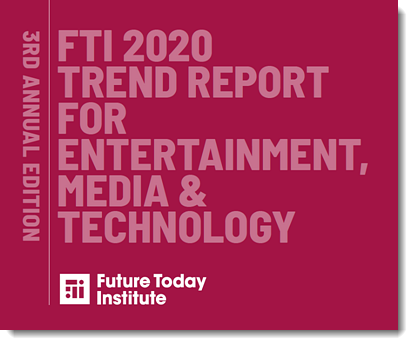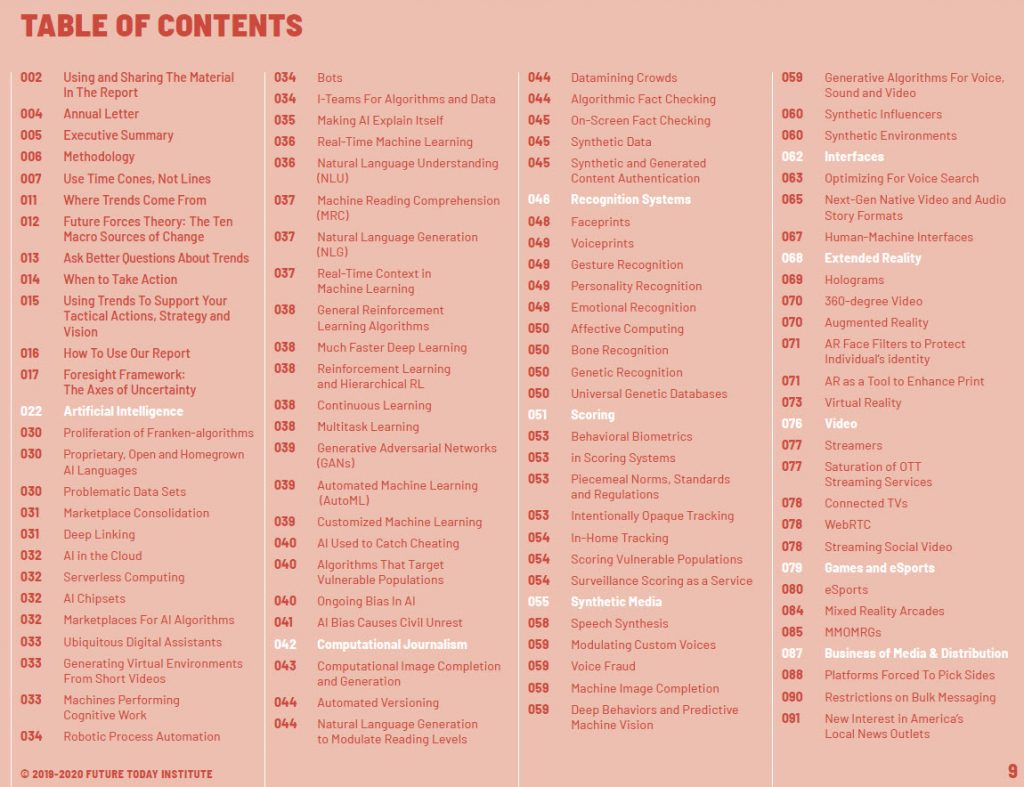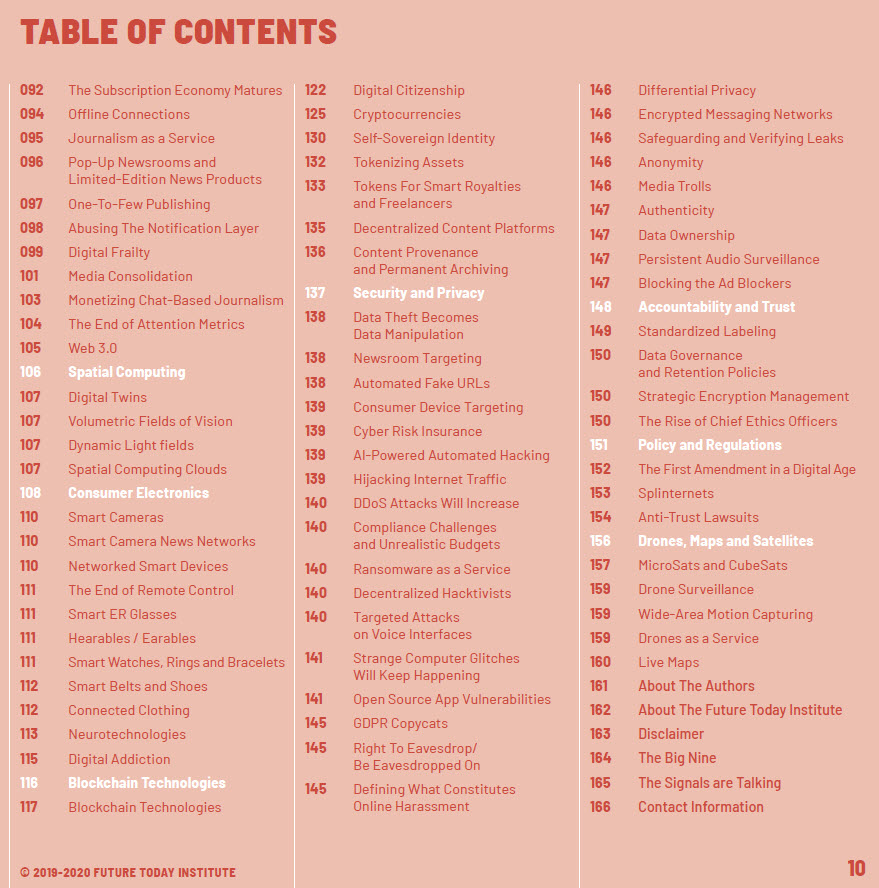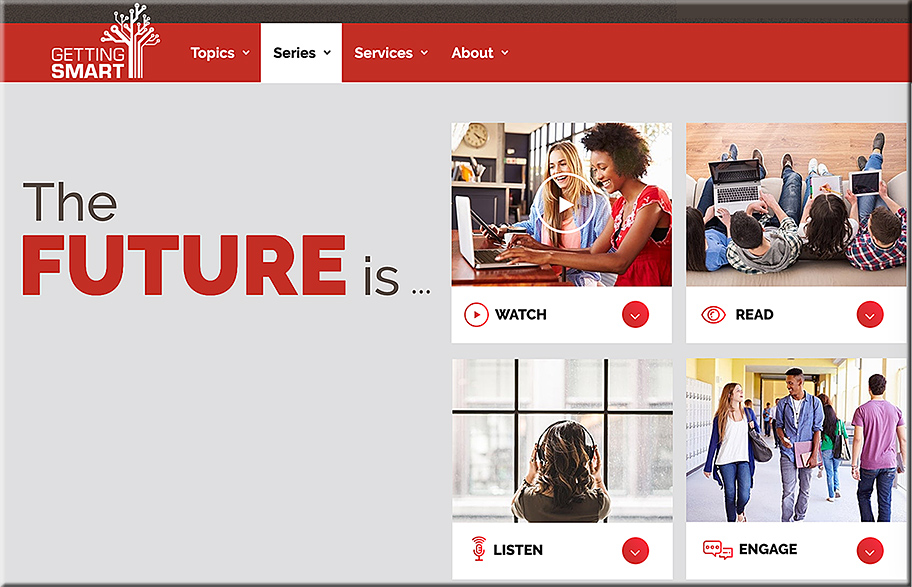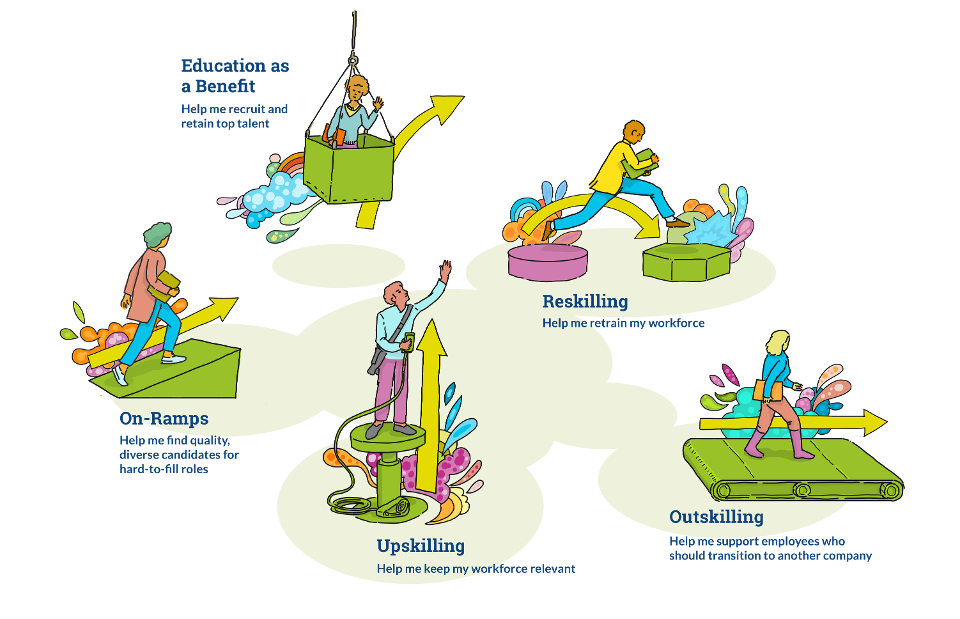MIT-IBM Watson AI Lab releases groundbreaking research on AI and the future of work — from liwaiwai.com
Excerpt:
IBM believes 100% of jobs will eventually change due to artificial intelligence, and new empirical research released last October 30 from the MIT-IBM Watson AI Lab reveals how. The research, The Future of Work: How New Technologies Are Transforming Tasks, used advanced machine learning techniques to analyze 170 million online job postings in the United States between 2010 and 2017. It shows, in the early stages of AI adoption, how tasks of individual jobs are transforming and the impact on employment and wages.
“As new technologies continue to scale within businesses and across industries, it is our responsibility as innovators to understand not only the business process implications, but also the societal impact,” said Martin Fleming, vice president and chief economist of IBM. “To that end, this empirical research from the MIT-IBM Watson AI Lab sheds new light on how tasks are reorganizing between people and machines as a result of AI and new technologies.”
While most jobs will change as new technologies, such as AI, scale, the research shows few jobs will actually disappear. What is fundamentally changing is the way we work.
Key findings from the paper here — from mitibmwatsonailab.mit.edu
- Tasks are Shifting Between People and Machines – But the Change has been Small
- Tasks Increasing in Value Tend to Require Soft Skills
- High- and Low-Wage Jobs are Gaining Tasks and Earning More
Also related/see:
Brookings: AI will heavily affect tech and white-collar jobs — from venturebeat.com by Khari Johnson
Excerpt:
AI is set to have a big impact on high-wage, white-collar, and tech jobs, according to a new Brookings Institution study released today. The report analyzes overlap between job descriptions and patent database text, using NLP to assign each job an exposure score.
“High-tech digital services such as software publishing and computer system design — that before had low automation susceptibility — exhibit quite high exposure, as AI tools and applications pervade the technology sector,” the report reads.









